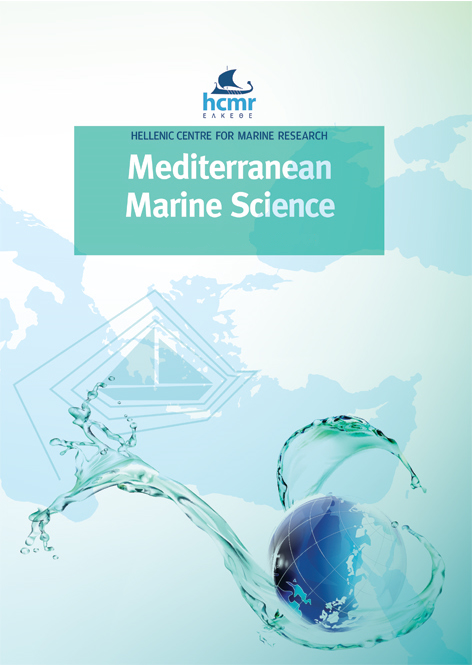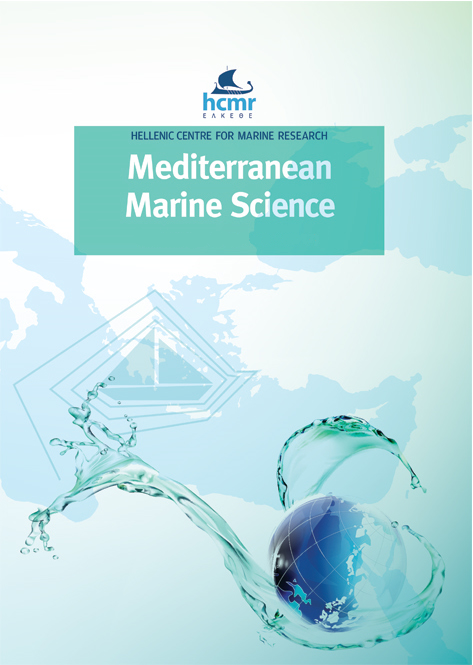The last hope: the struggle for survival of fan mussels in the Gulf of Erdek, Sea of Marmara, Turkey
Abstract
This study presents the results of the first broad-scale assessment of the spatial distribution of the fan mussel (Pinna nobilis Linnaeus, 1758) population in the Gulf of Erdek (Sea of Marmara, Turkey), based on underwater surveys. The population density and structure of mussels were estimated by diving along strip transects between the shoreline and a depth of 15.8 m, in a study area of 9080 km2. A total of 2164 mussels were counted, of which 78.8% were alive, and 21.2% were dead in 29 sites. The mean density was calculated as 18.3 ± 3.3 ind·100 m-2, and recorded densities reached 71.2 ind·100 m-2 among the studied sites. Although mussel density was very high (>15 ind·100 m-2) in nine sites, dead mussels were also recorded in the gulf. Benthic habitats, depth range, and exposure levels seem to play a crucial role in the spatial distribution and survival of fan mussels. The average height (± SE) was calculated as 19.5 ± 0.35 cm and 24.9 ± 0.37 cm for alive and dead mussels, respectively. The percentage of juveniles (≤20 cm) was 57% in the population, and they dominated in seagrass meadow beds and shallow waters. Despite many deaths due to uncertain causes, the results indicate a partially promising scenario for the fan mussel population in the Gulf of Erdek and highlight the existence of many alive juveniles that could play a primary role in the sustainability of the population. This situation is not static, as anthropogenic changes and human activities could affect population welfare in the future. These high-density sites need to be protected, and protection measures in these locations should include all effects that may cause incidental mortality.
Article Details
- Come citare
-
KARADURMUŞ, U. ., & SARI, M. (2022). The last hope: the struggle for survival of fan mussels in the Gulf of Erdek, Sea of Marmara, Turkey. Mediterranean Marine Science, 23(3), 473–483. https://doi.org/10.12681/mms.28474
- Fascicolo
- V. 23 N. 3 (2022): VOL 23, No 3 (2022)
- Sezione
- Research Article
Authors who publish with this journal agree to the following terms:
- Authors retain copyright and grant the journal right of first publication with the work simultaneously licensed under a Creative Commons Attribution Non-Commercial License that allows others to share the work with an acknowledgement of the work's authorship and initial publication in this journal.
- Authors are able to enter into separate, additional contractual arrangements for the non-exclusive distribution of the journal's published version of the work (e.g. post it to an institutional repository or publish it in a book), with an acknowledgement of its initial publication in this journal.
- Authors are permitted and encouraged to post their work online (preferably in institutional repositories or on their website) prior to and during the submission process, as it can lead to productive exchanges, as well as earlier and greater citation of published work (See The Effect of Open Access).






